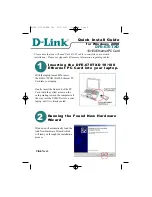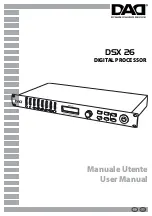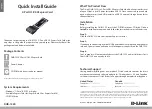
ST950S Plus+ Installation and Commissioning Manual
Important:
The controller monitors the status of all nodes and if any phase loses all signals (equivalent
to the failure of an aspect drive in a conventional controller), the controller will register a
compliance failure and extinguish all signals on controller, or the affected stream if configured.
Important:
The bypass module must
NOT
be removed and/or swapped from a RAG assembly without
consulting the Technical Support team in the first instance.
The RAG Node provides:
•
Drive and monitoring circuits for up to 4 Plus
+
LED signals (Red, Amber, Green and a separate
green arrow),
•
Drive and monitoring circuits for up to 2 Plus
+
Regulatory Signs,
•
An above ground detector power supply providing 24V DV (@0.5A),
•
Four TOPAS 2523 compliant digital inputs with an additional one which is configured to be used
as a solar cell input.
Two TOPAS 2523 compliant digital outputs which may be used for linking or other similar functions.
Reference
Important:
The 48V supplies to the Nodes may remain on even if fault conditions require the Signals to
be switched OFF. The 48V supply that is distributed through the network is not considered a
'Lamp Supply' and this is a fundamental difference between Plus+ and 'conventional' traffic
controllers. The Nodes guarantee the signals are off as requested, even though there is 48V to
the Nodes.
2.1.4. Smartloop Modules
The Smartloop unit is a combination of a node and an SLD4.
The combination of these devices, developed as a single PCB, is housed in a plastic enclosure and
then fully potted. The Smartloop device can then be connected to the Plus+ network and provide an
interface for inductive traffic detection loops. This implementation continues the principle of minimising
the amount of street cables routed back to the controller.
The Smartloop provides:
•
Connections for up to four inductive loops.
•
Permanently active LED indicator of detection state
•
Connections to allow further Smartloops to be connected downstream.
•
Bluetooth interface for configuration.
Page 30
















































